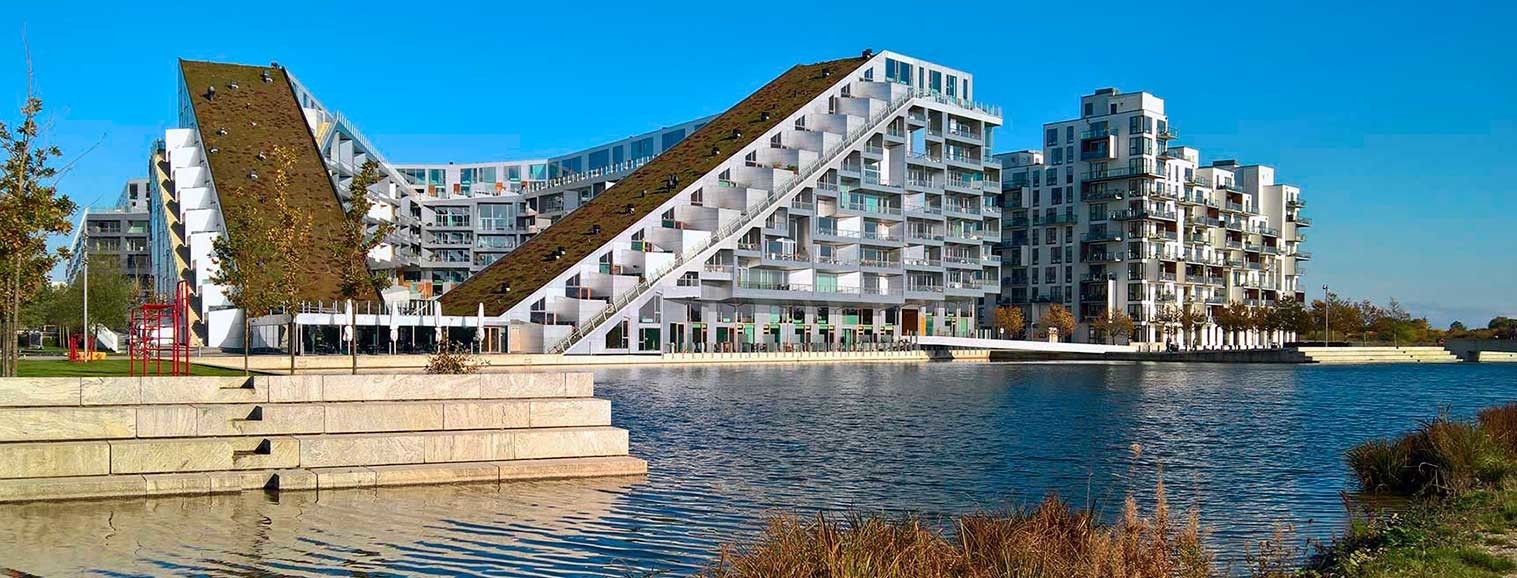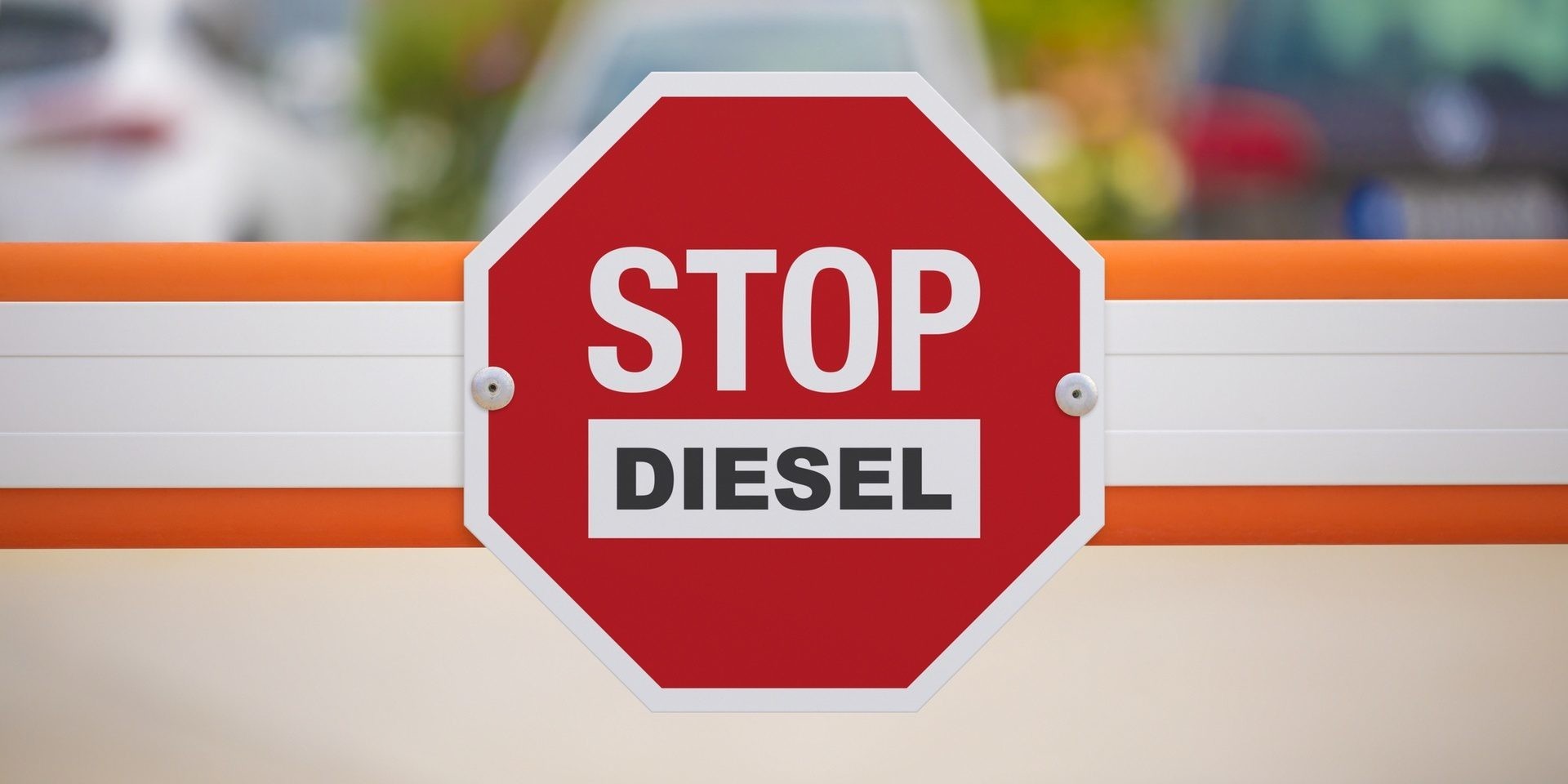Author | Diana PardoUrban allotments, flowers, aromatic plants, bushes, viewpoints and even trails, form part of the rooftops in the city of Copenhagen. Because, apart from being the largest city in Denmark, with a population of two million, the Nordic country is a fine global example of environmental sustainability.Its goals are ambitious: to become the world’s first carbon neutral city by 2025 and to achieve this, it has launched a radical plan. Copenhagen, which now recycles the majority of its waste, and can boast that 62% of its residents ride a bike to work, has decided to turn its rooftops green as part of this strategy. With this initiative, the city hopes to improve its air quality and reduce its carbon footprint.
Copenhagen Climate Plan: focusing on green roofs
Copenhagen was the first European city to include a law in its Climate Plan establishing that newly constructed buildings had to install green areas on their roofs. These roofs have been mandatory since 2010 in the majority of large buildings, with a surface area calculated according to a series of criteria. There are estimated to be a total of 200,000 square metres of roof gardens installed throughout the city.In general terms, the green roofs can be classified in two different types:
Extensive
Extensive roofs are those that barely need a thickness of 5-10 centimetres to be installed. The type of plants and shrubs used will therefore depend on the available depth. The most common is this case is lawn or moss, which barely require maintenance as they feed off rainwater. The cost is much lower than intensive green roofs, which is why they are more common in the city.
Intensive
Intensive roofs need a thicker layer (30 centimetres) and the buildings that house these need to have a strong structure given the weight involved. They are generally used as gardens and parks, so users can take a stroll and sit on their benches to admire the numerous plants species. Maintenance of these is higher than in the previous case and more expensive, therefore they are less common.A good example of an intensive green roof is the Novo Nordisk park located in the north of the city.
What are the benefits of green roofs?
Green roofs have a rainwater catchment system which is then used to water and maintain the plants. This means that sometimes irrigation systems do not need to be used. This also reduces the load on the city’s water system. Specifically, it is estimated that green roofs can capture up to 80% of rainfall, reducing the risk of flooding during the wetter periods of the year.In turn, the soil on green roofs acts as a system for capturing dust particles, helping to keep the air clean. 0}Other benefits of green roofs are the reduction of the urban temperature and the urban heat island effect, the protection of buildings against ultraviolet radiation and abrupt temperature changes, and the generation of food through the urban allotments.Contrary to what one may think, green roofs are not exclusive to large buildings. There are also alternatives for smaller buildings, such as the installation of urban allotments on balconies. These spaces improve community sentiment between neighbours and contribute to maintaining biodiversity, providing food and refuge for various plant and animal species displaced from cities.Copenhagen’s experience offers so many benefits that other cities are planning to establish similar policies. Countries such as Canada, Switzerland or France are also planning to install green roofs as an important element that contributes to sustainability in their cities and, although in other places the climate does not allow lush garden areas to be created, the use of shrubs suitable for dry soils could be an ecological and architectural element to be taken into account.Images | 8tallet, SLA (1), SLA (2)























































 is now 3 years in Tripoli Libya
is now 3 years in Tripoli Libya  For investment in good projects
For investment in good projects